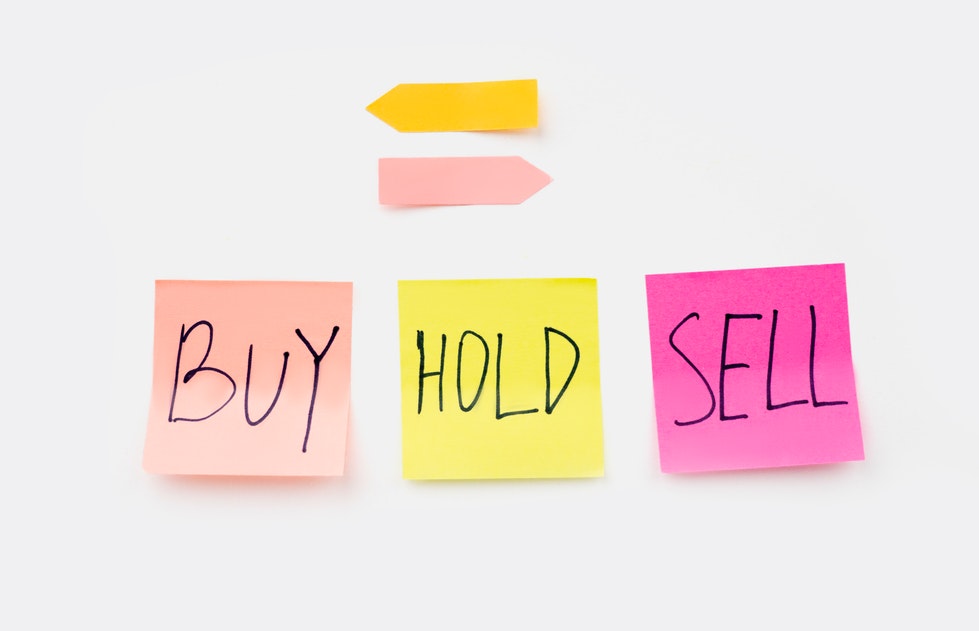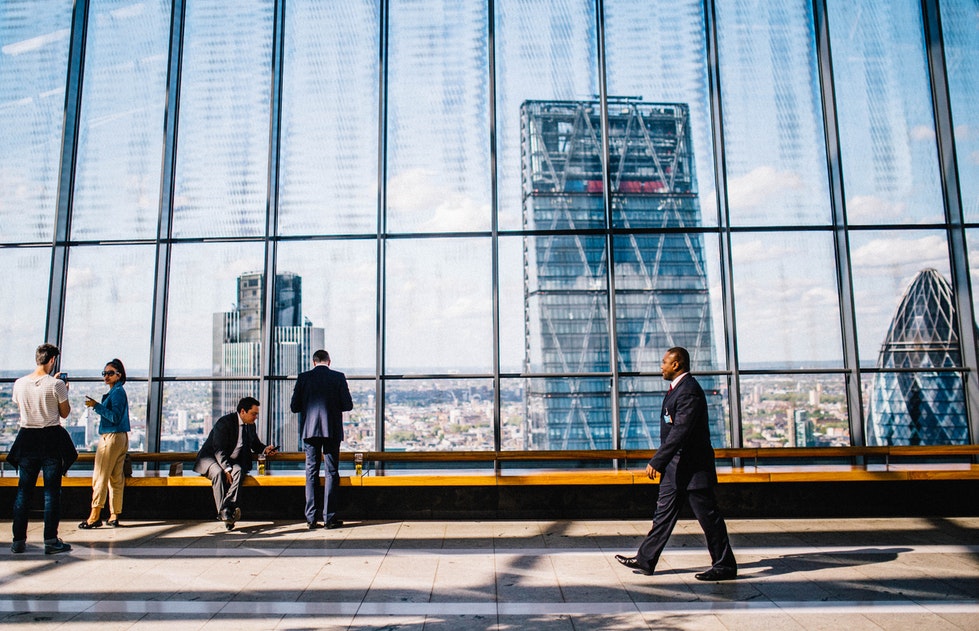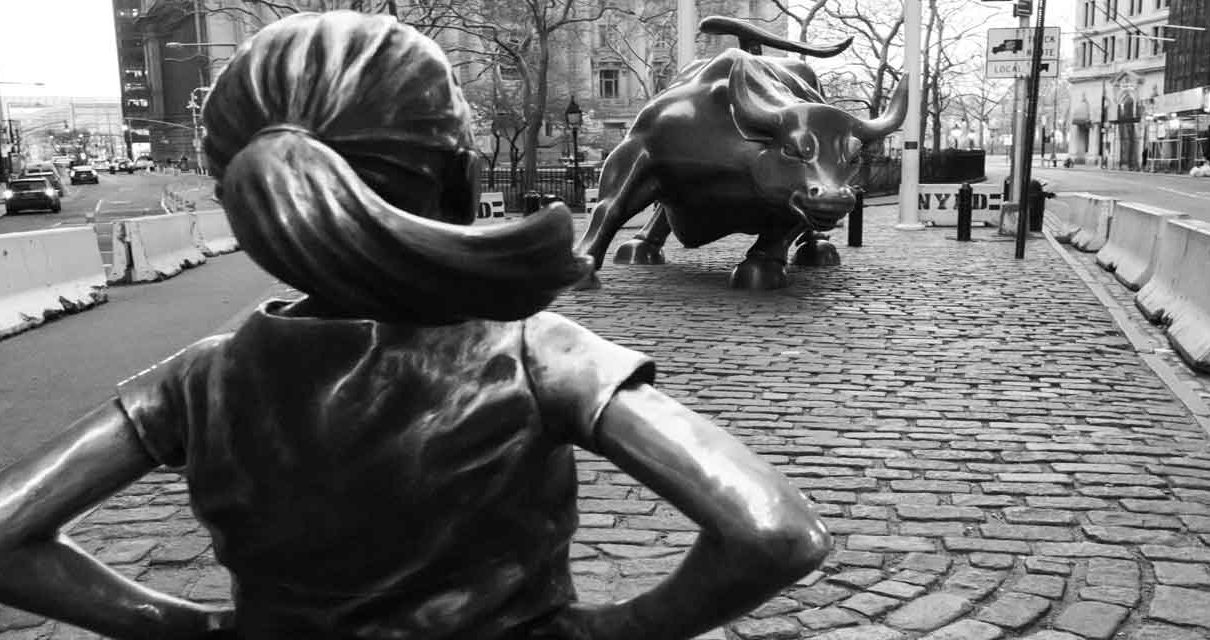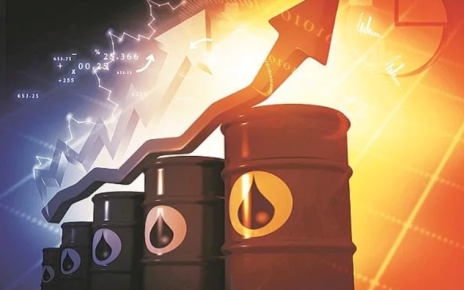The two most significant stock markets indexes globally, the S&P500 and NASDAQ, ended Tuesday in a pretty remarkable fashion. The shares of some of the biggest banks got a nice boost after dividend hikes were announced, which is in direct contrast to the expected high valuations across the delta variant due to the global pandemic.
1. Let’s take a look at the benchmarks

The stock benchmarks define the performance of indexes, and on Monday, they’ve all had a pretty green day. Nevertheless, the following stock indexes have received quite a healthy boost:
The Dow Jones gained +0.03%, rising a healthy 9.02 points, which is less than 0.1%, to the 34,292.29 benchmarks.
The S&P 500 index rose the same at +0.03% but gained a slightly smaller 1.19 points, less than 0.1%, to a record 4,291.80.
NASDAQ Composite COMP pumped a modest +0.19% and advanced a mind-boggling 27.83 points, slightly above 0.2%, to 14,528.33, a new record close.
1.1 Are we heading to a bull market?
Yes, no, and maybe. The calling cards of a bull market seem to be emerging. Still, with the current economic situation and the new strain of the coronavirus pandemic that is more infectious than ever – it’s hard to say where the market might be heading.
2. What’s driving the current market?

The current market is shakier than it ever was. Uncertainty and fear are rampant across wall street as the coronavirus is unpredictable. We already see high amounts of inflation in things such as lumber, and it’s just a matter of time before this inflation reaches store shelves.
Historically, when inflation has run rampant, stock markets were the first ones to take a hit – so what gives?
Nicholas Bloom, a top economist at Stanford University, has had this to say about the current market situation and his predictions for the following years.
“It is hard to think of a more pro-inflation environment.”
When inquired about the growth that has been going on, Nicholas has stated that:
“The Fed has been as aggressive as it can be in promoting growth, fiscal policy is incredibly relaxed, and there are supply constraints.”
Well, when something goes down, it must eventually go up. Top financial analysts say that customers and consumers are more confident in the post-covid economic recovery than ever, keeping the market afloat.
As the economy starts to recover worldwide, so too will the many stocks that have plummeted during the pandemic. The pandemic’s start was the biggest tragedy for stocks in recent years, but the recovery was speedy and spectacular.
Now, we’re a fair way from recovery, and the coronavirus is far from over – but this might be setting the grounds for a brand new bull market, maybe even the mythical golden bull run.
As consumer confidence continues to grow, prices of stocks in popular indexes will follow suit.
The situation is at a fascinating standpoint, so much so that the U.S. Conference Board has stated that the CCI (Consumer Confidence Index) has grown to a whopping 127.3, a 7.3 increase from May, which is the highest it has been since the pandemic ravaged the world in March of 2020. Inflationary pressures are still pretty high, and they might get out of hand, causing the market to go parabolic in one of two directions.
2.1 The inflation conundrum
Ian Shepherdson, the chief economist at Pantheon Macroeconomics, said this regarding the current market situation.
“This spike is a remarkable shift, especially given that payrolls are still some 10 million lower than we would have expected them to be if the pandemic hadn’t happened. People are responding to record highs for asset prices and, presumably, to the very low recent COVID case numbers.”
As the market continues on its growth, it poses brand new problems, or financial analysts think so. Financial analysts and economists worldwide are worried that the aggressive way the FED seems to be stimulating the economy will dry up sooner than later. Moreover, the Fed’s activity is leaving the market without any significant catalysts, which might directly result in a sudden crash that may be even worse than the one we saw last March.
Citigroup, an industry-leading global investment bank and financial services provider, has conducted a survey that seems to show that investors are apprehensive about the equity pullback that might be coming shortly.
Furthermore, the survey has shown that investors are more fearful of inflation than ever, which is a very justified fear. As stated earlier in the article, we already see quite a lot of inflation in things such as lumber – so it’s not a far-fetched idea that while the prices might surge, the value drops.
2.2 The trading drop

Aside from the inflation, another bad sign is that top stocks seem to be growing at a far slower pace than their price would show, especially compared to the trading done in April. It essentially means that the stock prices are being driven by fewer companies investing more than they used to.
Value stocks such as mid-caps, small-caps, and micro-caps might be the best returning equities, as they’re most likely to skyrocket in price if the bull market does occur. As the strengthening of the market continues to rampage through Wall Street due to the FEDs aggressive support, it’s just a matter of time before the top blows off most of these companies.
With that being said, the risks are all the same as they always are with small caps, and they have an equal chance of dying out as they do of rising in price. In fact, with the inflation firmly placed on our doorstep, smaller-cap projects and companies will likely have a more difficult time standing out from the crowd.
2.3 The potential future
The future is never a definitive thing when it comes to finances. With the rise of delta coronavirus, it’s tough to estimate just how things might play out on the stock market. What we do know is that the FED probably isn’t going to stop aggressively supporting the economy.
There is a lot of good news constantly flooding the leading economist papers and newsletters, which means that the potential for volatility is still here, and it’s only going to increase as the FED continues to support the economy.
As markets are reaching an unexpected high, many people are wary of what this might mean for the long term. After all of the crashes in the twenty-first century, investors are on edge as to what this might mean.
The CIO at UBS Global Wealth Management, Mark Haefele, seems to think that people shouldn’t be too fearful of a crash anytime soon. Markets keep hitting new highs, and if the past has taught us anything, they usually have a slight pullback until they continue doing well.
The monetary policy put in by the FED will continue to support the markets – it will undoubtedly lead to substantial worldwide economic growth, especially when coupled with the economic recovery that is slowly coming as a result of the pandemic reaching its end.
2.3.1 What we know so far
It’s important to note that on Monday, five of the six largest banks in the U.S. said that they would increase dividends after the temporary restrictions on dividends and share buybacks were lifted by the Federal Reserve.
In other news, housing prices are still skyrocketing, as consumers have a more challenging time purchasing a new property. Home prices have increased a mind-boggling 14.6% annual basis in April, which is unprecedented growth.
3. The best and worst performers in the U.S.
United Airlines Holdings announced that they’d be purchasing 270 new Boeing BA and Airbus S.E. aircraft, the most significant single order in airline history. As a result, their shares fell 0.7%, Boeing shares fell 1.8%, and Airbus AIR shares fell by about 0.6%.
On the other hand, Morgan Stanley announced that their quarterly dividends would double from 35 cents a share to 70c. As a result, their share price rose a stern 3.3%.
In the banking sector, things were mixed. Goldman Sachs grew by 1.06%, J.P. Morgan & Chase dropped by 0.12%, the Bank of America dropped a worrying 1.61%, and Wells Fargo fell by an even worse 2.18%.
The only bank share that didn’t change was that of Citigroup, whose stock remained at 51c.
In the tech sector, Google’s shares dropped. GOOG dropped by 0.63%, while GOOGL dropped by 0.22%.
Facebook, the social media giant, has also seen a drop of 1.05%, while its market cap has risen above one trillion. This is the first time that the Facebook market cap has risen this high after the FTC lawsuit threatening to split up Facebook.
3.1 What about the rest of the world?

TMUBMUSD10Y, the 10-year Treasury note, grew by a minuscule 0.002%.
ICE UXY grew by a humble 0.06%, almost 0.2% more than most of its competition.
Global oil futures are up a little over 0.1% in the energy sector, ending the day at $72.98 a barrel.
Gold futures dipped by 0.19%, finishing the day at $1,763.60 an ounce.
The pan-Continental Stoxx 600 dropped by 0.58% but still closed at a 0.3% higher value than its competitors.
The Shanghai Composite Grew and Hang Seng Index each dropped by about 0.9% in the far east, while Nikkei 225 had a slightly smaller dip at 0.8%.






